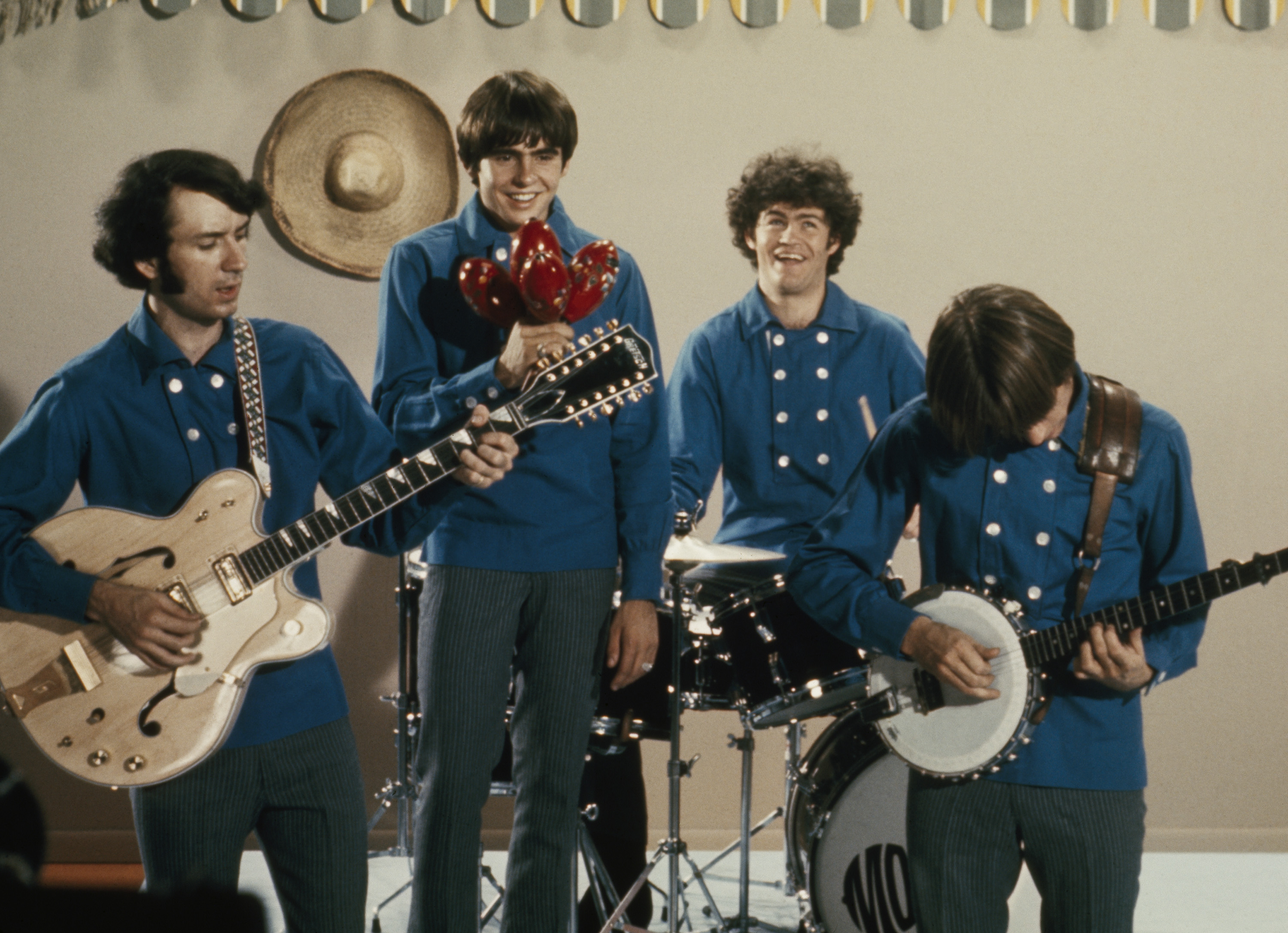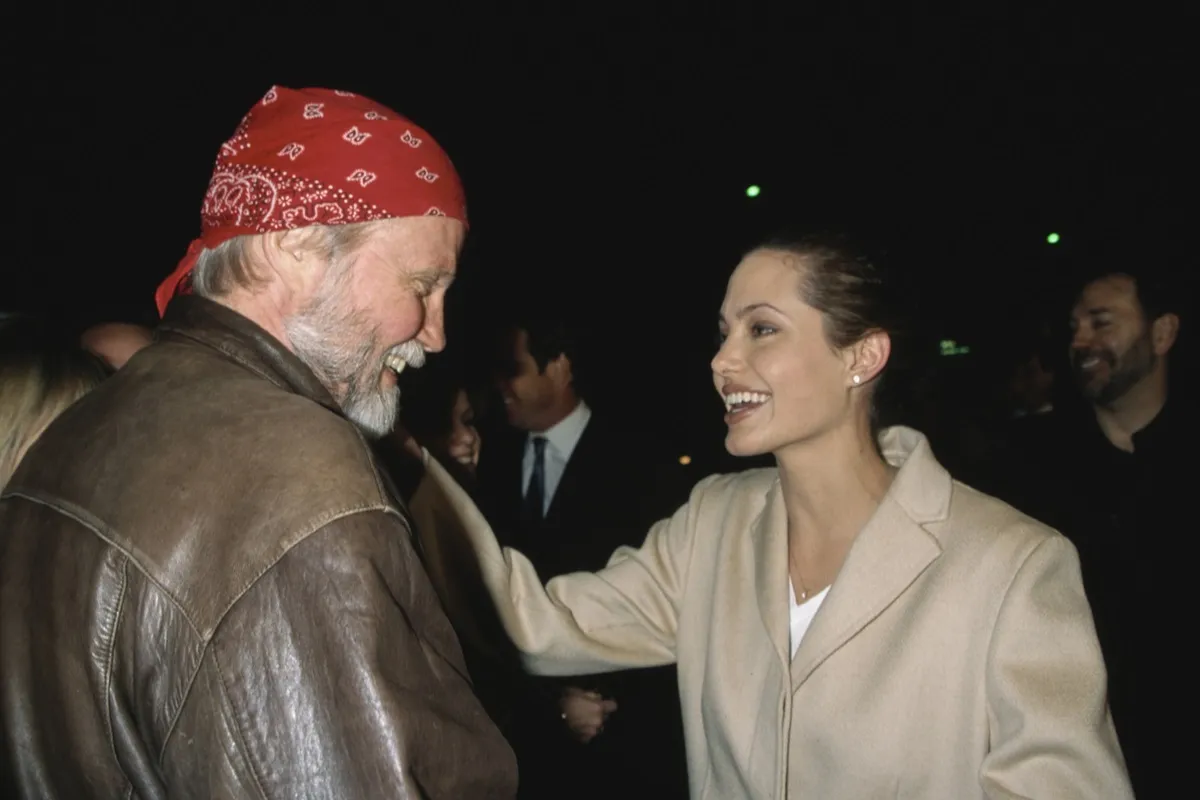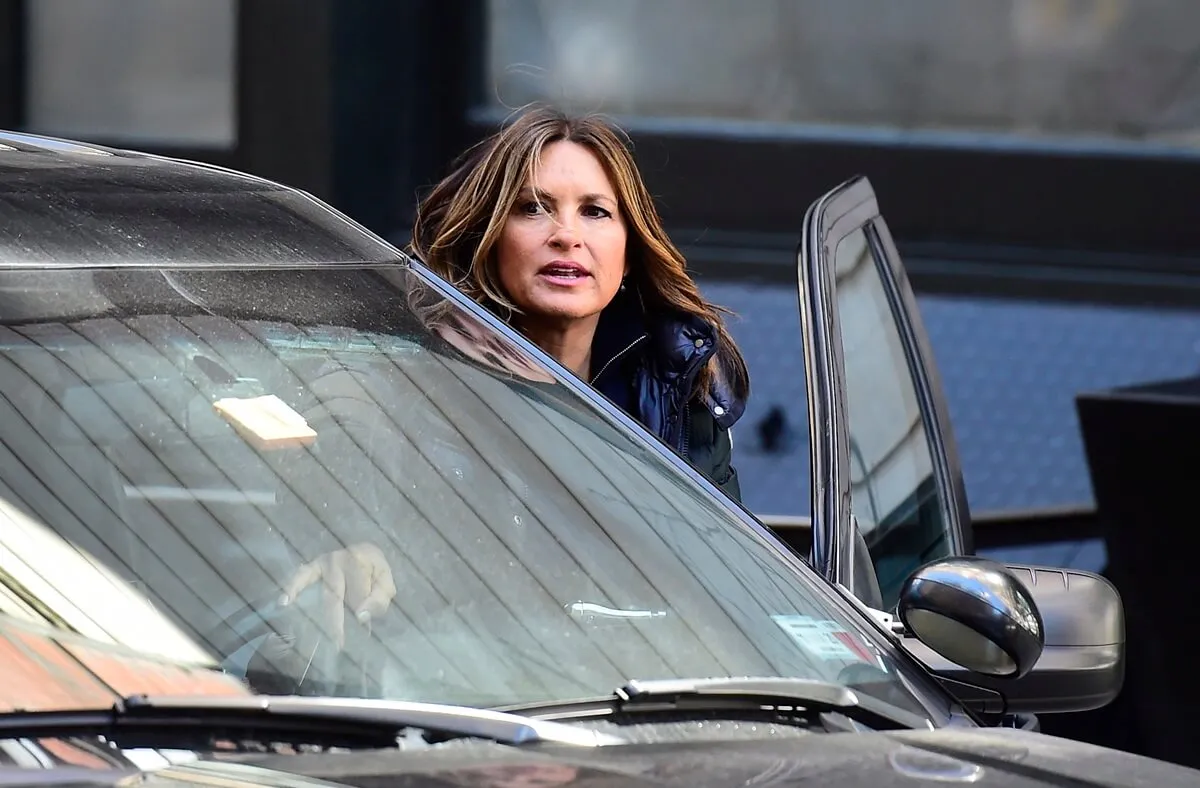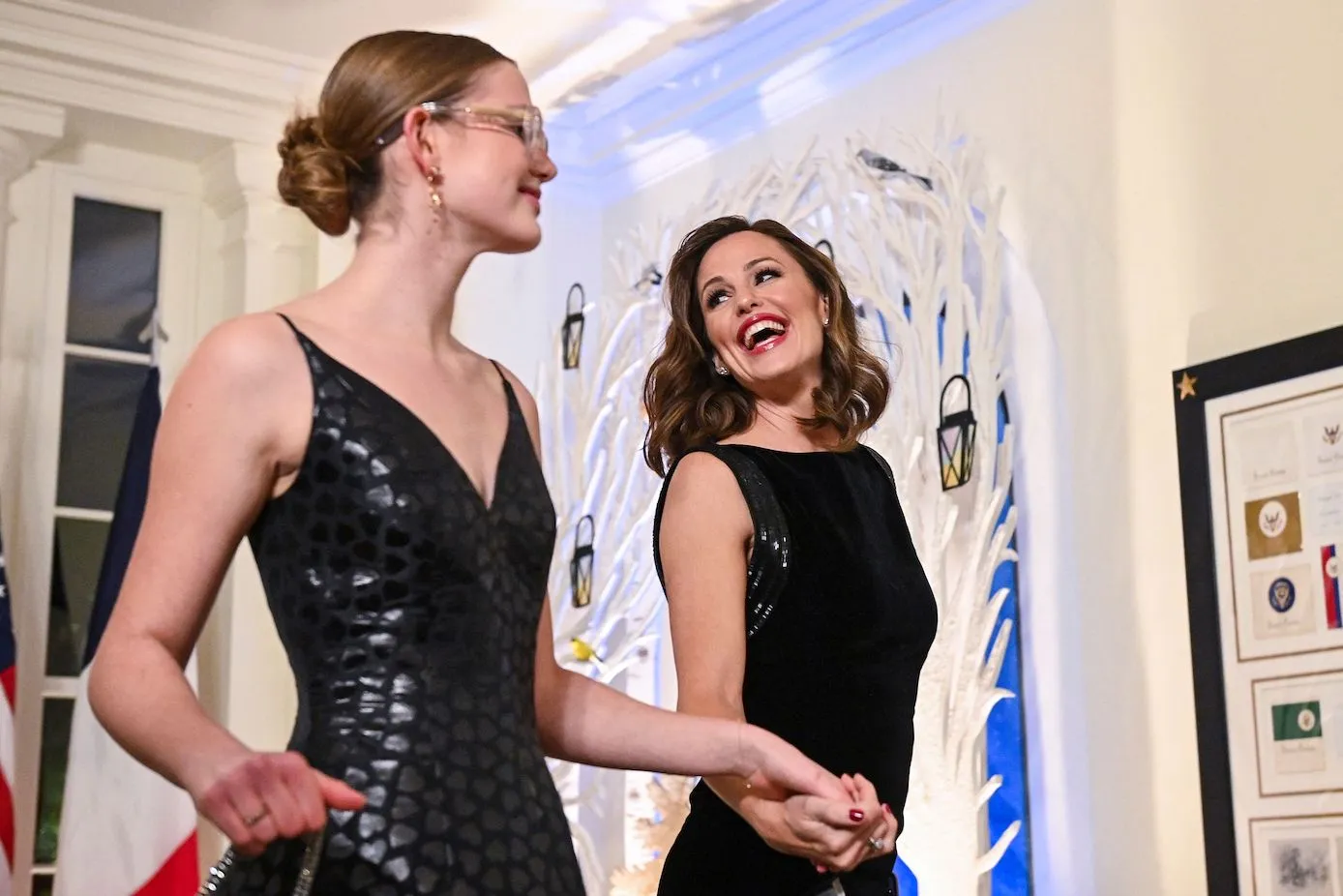1 of The Monkees Produced Music Videos for Michael Jackson and Lionel Richie
The Monkees made very different music from Michael Jackson and Lionel Richie. Despite this, one of The Monkees produced music videos for No. 1 hits by Jackson and Richie. In the same vein, this Monkee is considered a pioneer of the music video format. During an interview, he discussed how he feels the music video has evolved since the heyday of MTV.

What some of The Monkees did when their show ended
Members of The Monkees accomplished a lot outside of their time with The Monkees. For example, Davy Jones made notable appearances in The Brady Bunch, The Brady Bunch Movie, and SpongeBob SquarePants. Micky Dolenz made a memorable cameo in Rob Zombie’s Halloween. Another member of the band became involved with music videos.
Mike Nesmith made a name for himself with The Monkees and his own band, The First National Band. He also has a reputation as a pioneer of the music video format. According to Texas Monthly, he crafted a pilot for a show called PopClips that featured early music videos. John Lack of Warner-Amex Satellite Entertainment Company liked the idea and paid Nesmith what the Monkees called “a nice number.” Lack went on to co-found MTV.
The music videos Mike Nesmith produced for Michael Jackson and Lionel Richie
Nesmith still had involvement in music videos. The most famous music videos Nesmith produced are the videos for Jackson’s “The Way You Make Me Feel” and Richie’s “All Night Long (All Night).” Those songs were both massive hits. “The Way You Make Me Feel” topped the Billboard Hot 100, staying on the chart for 18 weeks. “All Night Long (All Night)” also reached the top of the Billboard Hot 100, remaining on the chart for 24 weeks.
How The Monkees’ Mike Nesmith wanted the music video to evolve
During a 1985 interview with The Morning Call, Nesmith discussed his goal for the music video. “The reason MTV popped into my mind a long time ago is because I recognized in the video form, in the coming together of music and silent films, a real revolution in cinema, a kind of movement from Realism into Impressionism,” he said.
He wanted music videos to have deep emotional impacts. “Without being locked into acts one, two and three, as in a plot, I could see the video form had everything one needed to convey a feeling … an emotion deep and rich with information that was very clear and concise,” Nesmith said. “That was what I thought we were coming to.”
Interestingly, Nesmith discussed the evolution of the music video again in an interview with Desert Sun from 2014. “I think the music video has matured and come into its own in what you may be classifying as ‘creative short films,'” Nesmith opined. “The salient part of the music video had to do with the film grammar it introduced. That grammar is now part of the lingua franca of film in general — very widely used and alive.” Nesmith feels the music video matured as an art form — and he produced some iconic music videos along the way.


